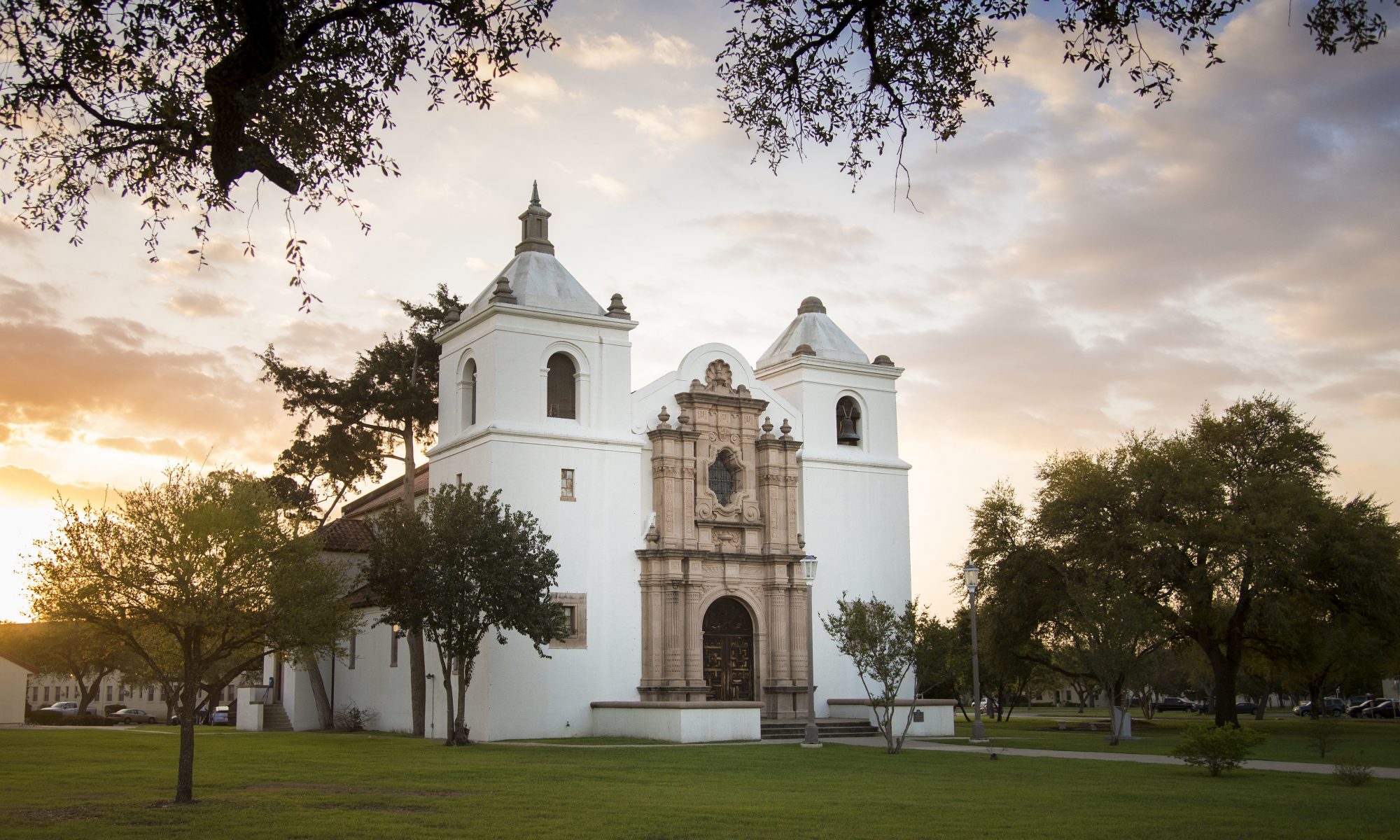Thanksgiving, a time to welcome family home that one hasn’t seen for ages or welcome in new friends. Many Americans may say that the true essence of Thanksgiving is family, friends, relationships, food and football. We are taught in grade school with drawings of hand turkeys and Thanksgiving plays that it was a momentous occasion in the lives of pilgrims. That pilgrims were dying of starvation and the cold until the Native Americans of the area taught the pilgrims how to grow crops especially corn (I will leave out the history of corn for a whole other blog). At the end of the harvest all gathered around a table and had a large feast, now called the first Thanksgiving.
The Smithsonian’s National Museum of the American Indian beg to differ this whole story. In their new exhibit “Americans,” the visitor takes a look into the history of these different stories of Native Americans that we are taught as a child. The museum tries to separate fact from fiction and place the voices of Native American tribes who were affected by this history. The museum began this process with assigning the curator of this exhibit to be Mr. Paul Chaat Smith who is of Comanche Native American Descent and Cecile Ganteaume.
At the time of the first Thanksgiving the pilgrims who were involved did not may much attention to this single meal and was written about in passing. It was normal for pilgrims, natives, and many others to have an ending meal after the harvest. It was not until the American Revolution that George Washington desired a National Holiday to give thanks.
The idea did not receive momentum until the ending of the Civil War once the masses became captivated by this era of pilgrims. The article also points out that at around 1855 when all of this was happening a manuscript was found containing the writings of William Bradford. This perfect storm of sorts is what helped the creation of this national holiday and a change in the narration.
Some eye-opening points in this article for me must begin with, only 1% of the population is Native American and yet the commercialization of this group is astounding. Images of illustrated Native Americans can be seen on butter, canned vegetables, bike brands, sports teams, and a multitude of other subjects. We as a country are beginning to understand how these biases who we have become numb to are wrong.
Mr. Smith believes all these holidays and stories may be ways for us as Americans to play down what we really did to these Native people. Now, there is a light at the end of the tunnel because we as a nation are beginning to look back at our past with a scrutinizing lens and we in the public history community are trying to mend those wrongs by finding the truth and admitting what happened.
The “Americans” exhibit will be open to the public till 2022 at the Smithsonian’s National Museum of the American Indian.
https://www.smithsonianmag.com/smithsonian-institution/how-unremarkable-brunch-forest-turned-thanksgiving-we-know-180970811/

Thank you for sharing this article with us. This makes me want to go visit the exhibit especially with everything we have learned about interpretation and representation in museums. I feel like there are so many people that still very numb to all of these issues.